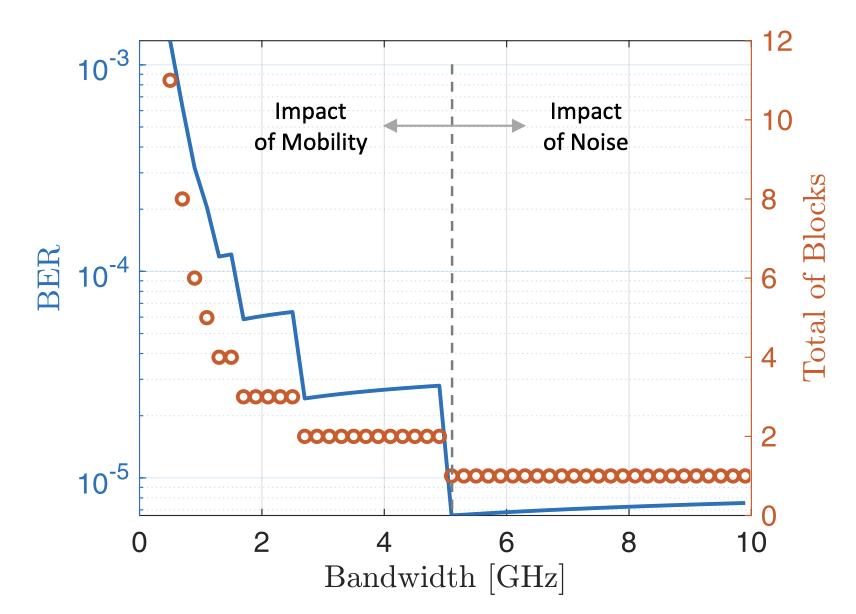Literature Database Entry
dressler2006self-organization-tutorial
Falko Dressler, "Self-Organization in Autonomous Sensor/Actuator Networks," Tutorial, 9th IEEE/ACM/GI/ITG International Conference on Architecture of Computing Systems - System Aspects in Organic Computing (ARCS 2006), Frankfurt am Main, Germany, March 13, 2006.
Abstract
Self-organization in technical systems has become a major research issue in the last couple of years. Especially in the areas of autonomous systems and communication networks, there was some remarkable progress in building small and simple components that are collectively used in a much larger context to solve complex tasks. The search for unconventional methodologies in interdisciplinary fields, particularly in various fields of biology has brought us many unforeseen great concepts. This encouraging course seems to hold on for many aspects in technology. In this tutorial, the capabilities of self-organization mechanisms in communication networks are discussed with the focus on ad hoc wireless networks, wireless sensor networks, and autonomous sensor/actuator networks. Classically, layered network architectures and communication protocols were used to provide a high level of abstraction. This allowed for particular self-organization mechanisms at each layer individually. Unfortunately, there were no cross cutting concerns for self-organization on a larger context. This classical, layered architecture of communication networks is being changing today. Cross-layer concerns moved into the focus of autonomous systems research. By using new methodologies for protocol and system design, such as aspect-oriented programming, resource optimization and self-organization features can be achieved. The awareness that nature has solved the problems of self-organization and the study of biological systems offer unconventional alternatives. The adaptation of such solutions as a model for technology, as demonstrated in several bio-inspired networking approaches provides high potentials for self-organized autonomous sensor/actuator networks. The issues of self-organization as mentioned before are detailed and discussed by several examples in the area of ad hoc wireless networks that are primarily focusing on the following issues: scalability, energy efficiency, security, and quality of service support. In particular, feedback oriented methodologies for data dissemination in wireless sensor networks are introduced and evaluated in terms of energy awareness and efficiency. Such methods are meant to allow a completely self-organized behavior of the network nodes by relying on locally available information only. The tutorial is structured to match the ARCS profile by teaching adaptive self-organization mechanisms for flexible and scalable operations in communication networks. Multiple case studies are included for a more comprehensible lecture on self-organization methods.
Quick access
Contact
BibTeX reference
@misc{dressler2006self-organization-tutorial,
author = {Dressler, Falko},
title = {{Self-Organization in Autonomous Sensor/Actuator Networks}},
howpublished = {Tutorial},
publisher = {9th IEEE/ACM/GI/ITG International Conference on Architecture of Computing Systems - System Aspects in Organic Computing (ARCS 2006)},
location = {Frankfurt am Main, Germany},
day = {13},
month = {03},
year = {2006},
}
Copyright notice
Links to final or draft versions of papers are presented here to ensure timely dissemination of scholarly and technical work. Copyright and all rights therein are retained by authors or by other copyright holders. All persons copying this information are expected to adhere to the terms and constraints invoked by each author's copyright. In most cases, these works may not be reposted or distributed for commercial purposes without the explicit permission of the copyright holder.
The following applies to all papers listed above that have IEEE copyrights: Personal use of this material is permitted. However, permission to reprint/republish this material for advertising or promotional purposes or for creating new collective works for resale or redistribution to servers or lists, or to reuse any copyrighted component of this work in other works must be obtained from the IEEE.
The following applies to all papers listed above that are in submission to IEEE conference/workshop proceedings or journals: This work has been submitted to the IEEE for possible publication. Copyright may be transferred without notice, after which this version may no longer be accessible.
The following applies to all papers listed above that have ACM copyrights: ACM COPYRIGHT NOTICE. Permission to make digital or hard copies of part or all of this work for personal or classroom use is granted without fee provided that copies are not made or distributed for profit or commercial advantage and that copies bear this notice and the full citation on the first page. Copyrights for components of this work owned by others than ACM must be honored. Abstracting with credit is permitted. To copy otherwise, to republish, to post on servers, or to redistribute to lists, requires prior specific permission and/or a fee. Request permissions from Publications Dept., ACM, Inc., fax +1 (212) 869-0481, or permissions@acm.org.
The following applies to all SpringerLink papers listed above that have Springer Science+Business Media copyrights: The original publication is available at www.springerlink.com.
This page was automatically generated using BibDB and bib2web.

